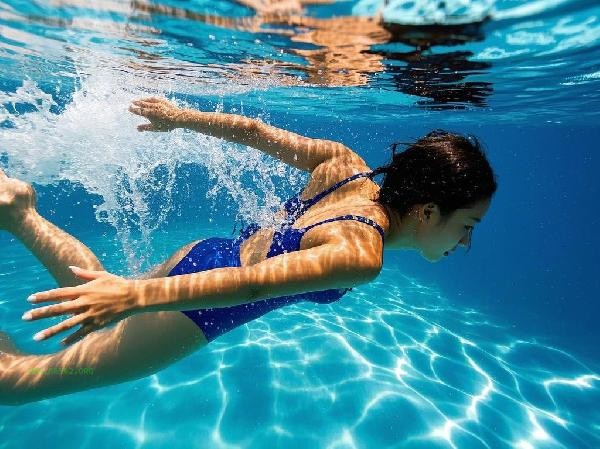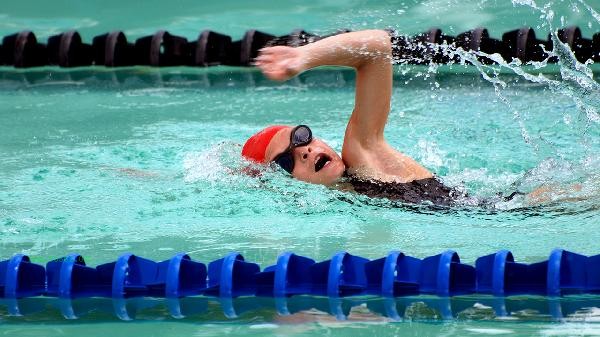It is recommended to do 10-15 minutes of warm-up exercises before swimming, mainly including joint activity, dynamic stretching, and low-intensity aerobic exercise. Adequate warm-up can improve muscle temperature, increase joint flexibility, and reduce the risk of sports injuries.

1. Joint Activities
Focus on the shoulder joint, hip joint, ankle joint, and other main areas of strength for swimming. The shoulder joint can perform circular movements, 10 times in front and 10 times in the back; The hip joint is activated by swinging the legs left and right; Drawing circles with the toes of the ankle joint improves flexibility. These movements can help adapt to the multi-directional movement needs in water and prevent cramps and sprains.
2. Dynamic Stretching
Select dynamic stretching actions such as lunges, leg presses, and lateral strides during movement, each lasting 15 seconds. To avoid muscle relaxation caused by static stretching, dynamic stretching can maintain muscle tension while improving flexibility, especially focusing on the activation of the muscles in the back and thighs.
3. Low intensity aerobic exercise [SEP]: Slow jog or open/close beat for 3-5 minutes, and the heart rate should reach 40% -50% of the maximum heart rate. This preheating can promote blood circulation, gradually adapt the cardiovascular system to the exercise state, and reduce the discomfort caused by the sudden increase in heart rate after entering the water.
4. Core activation

Activate the core muscle group by using a flat support for 30 seconds or by rolling the abdomen in a supine position 15 times. A strong core stability helps maintain body balance in water, improve swimming efficiency, and is particularly helpful for freestyle and butterfly techniques.
5. Specialized Imitation
Practice land-based imitations of swimming postures, such as arm stroke simulations in freestyle and leg kicks in breaststroke. This neuromuscular pre activation can enhance motor memory and enable faster entry into the technical state after entering the water.
Warm up before swimming should follow the principle of gradual transition from low intensity. When the water temperature is high in summer, the time can be shortened appropriately, and in winter, it should be extended to 20 minutes. Middle aged and elderly people should increase their joint activity time, and children can incorporate fun warm-up games. It is recommended to add water within 10 minutes after warm-up to avoid body cooling. If there is joint clicking or pain, stop immediately and consult with a reasonable warm-up and moderate water intake, which can make swimming exercise safer and more efficient.







Comments (0)
Leave a Comment
No comments yet
Be the first to share your thoughts!